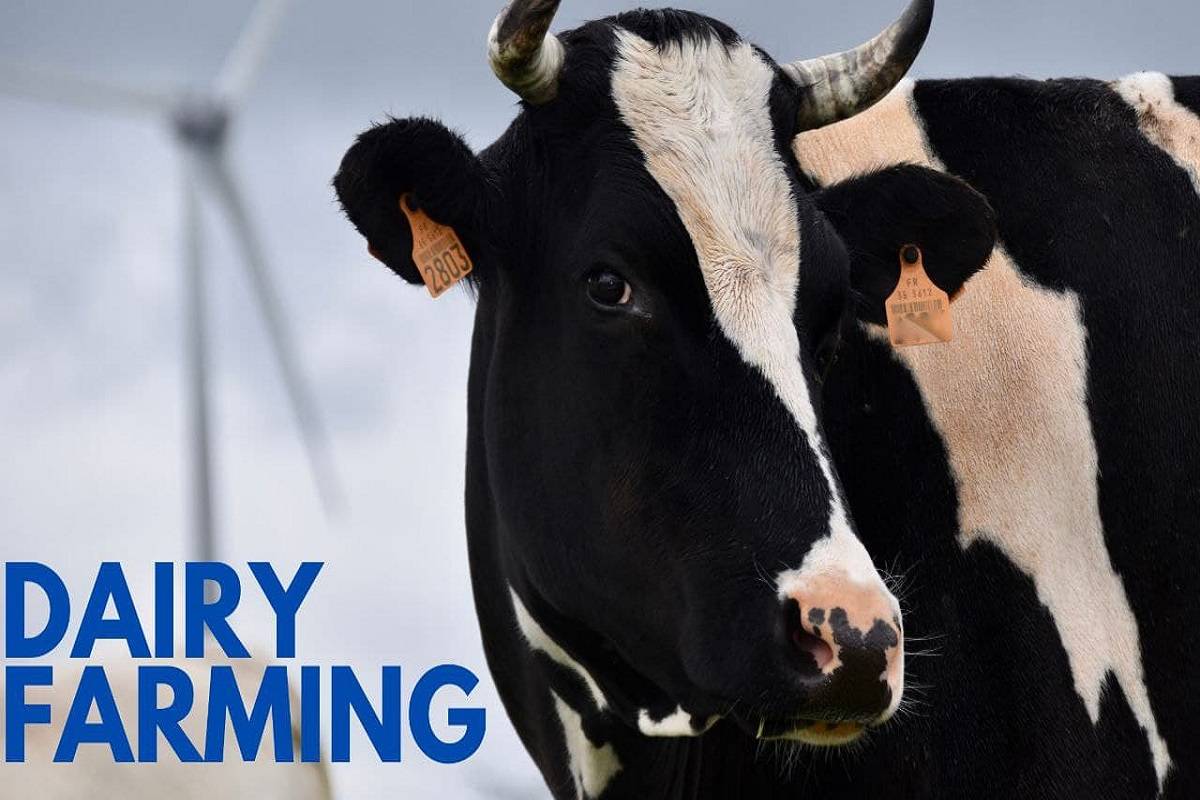
Despite being one of the smallest states in India (1.3% of the country's total geographic area), Haryana occupies an important position on the country’s livestock map. Through a number of contributions, including revenue creation, draft power, socioeconomic uplift, job opportunities, and improved human nutrition through livestock products like milk, eggs, and meat, etc., the State's animal husbandry operations play a crucial role in supporting the rural economy.
The world-famous "Murrah" buffaloes, often known as "black gold" and the dual-purpose "Hariana" cow, are native to Haryana. For a very long time, the State has been the main supplier of Murrah germplasm for other States and other countries to improve their unimpressive, low-yielding buffaloes. The State undoubtedly takes pride in its standing, accomplishments, riches in cattle, and the considerable contributions this industry makes to the State economy. Small farmers, particularly women, depend on it heavily for their livelihood and year-round work. Due to crop husbandry's output saturation and the dwindling supply of arable land, this sector's importance is continuously rising.
Primary characteristics of dairy farming:
-
High-breed dairy cows are raised in this profession using scientific methods.
-
Agriculture is highly capital intensive.
-
Farming becomes more expensive as a result of building animal buildings and facilities for storing feed, milch, and fodder.
-
It requires highly skilled labor for meticulous feeding and milching at all times.
-
Unlike the cultivation of crops, there is no off-season in this farming.
-
Animal reproduction, grazing, and genetic improvement of animals are given special emphasis.
-
Dairy farming is primarily done in close proximity to industrial and metropolitan regions, which gives it access to markets for fresh milk and dairy goods.
Dairy Industry Market Trend in Haryana
The market in Haryana is primarily driven by the growth in the production and sales of dairy products. This can be attributed to the general public's expanding desire for packaged, high-quality dairy products as a result of population growth. Additionally, the industry is growing considerably due to consumers’ increasing preference for dairy products over meat when it comes to protein augmentation. Along with this, customers are increasingly recognizing the importance of the introduction of packaged, high-quality dairy products in both flavored and unflavored varieties. A bright market outlook is also being created by the incorporation of automation technology in dairy farms to manage farm operations in the state.
Forces influencing the dairy sector in Haryana
The dairy sector in Haryana is largely driven by the growing consumer knowledge of the numerous health advantages of consuming dairy and dairy-based products, such as promoting body growth, developing and mending muscular tissues, preserving strong bones, and controlling blood pressure.
Starting a Farm in Haryana – How to begin with?
-
The goals and objectives of the farm must first be decided. A progressive goal for breeding (including the number of animals to be maintained) and output should be set each year.
-
You can speak with seasoned farm owners by visiting commercial dairy farms and asking them questions. You don't need to depend heavily on the knowledge of others; instead, critically evaluate each incident, and if necessary, seek advice from nearby veterinarians.
-
If you intend to run the farm independently, seek possibilities to intern for an established farm for at least six months.
-
Develop an interest in the feed and fodder business in your area and learn about the seasonal challenges it faces.
-
Control a competent team of workers. You must select dependable, industrious individuals, ideally with some experience. They can be trained for certain vocations as well.
-
Visit the livestock market from time to time. Observe animals being sold and speak with people who are interested in buying animals.
-
Keep yourself updated by reading publications and websites related to the dairy industry.
Indigenous Cattle Breed in Haryana:
Hariana
It is native to the Haryana Rohtak, Hissar, Karnal, and Gurgaon. It is also well-liked in portions of Madhya Pradesh, Punjab, and Uttar Pradesh. The breed's physical characteristics include a body that is white or somewhat ashy in colour, a tight, medium-sized frame, a coffin-shaped skull, a tiny head, a dark or dark grey forehead, long legs, a pair of sparse, straight horns, and a short, thin tail. Bullocks are useful in the field. This breed's cow weighs 3.5qtl on average, while the bull weighs an average of 5qtl. Each cow produces 1.5kg of milk on average each day. A cow of this breed typically produces 1000 liters of milk during each lactation. The milk has a fat level of 4.4%.
Murrah Buffalo
It is the most well-known breed, native to Haryana’s Rohtak district. It is presently found in the Punjabi districts of Patiala and Nabha, as well as the Haryana cities of Hisar, Rohtak, and Jind. It is sometimes referred to as "Delhi," "Kundi," or "Kali." This breed's physical characteristics include a jet-black body, a white tail patch, a tiny head, a moderately elevated forehead, short horns, a hefty body and udder, and long teats. Their curled or packed horns set them apart from other breeds. Each lactation yields an average of 1600–1800 liters of milk with a 7% fat content. Bulls typically weigh 575 kg, whereas cows typically weigh 430 kg.












